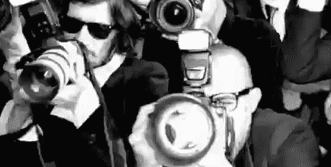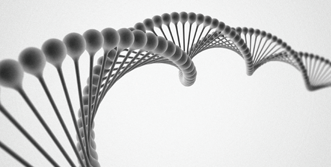Inside The Boston Consulting Group's state of the art New York Office

This month, The Boston Consulting Group opened its doors to its latest office in the new heart of New York; the up-and-coming Hudson Yards development. Insights was invited to tour the space to find out how the company has pushed the art and science of workplace design
Guest blogger Jo SutherlandThe Boston Consulting Group (BCG) worked with an array of experts for input into the design and use of innovative technologies, including Gensler, Humanyze and Cordless Group.
Leesman was brought in to offer the neutral, objective voice when the project was already in motion to validate the design proposal. The data harnessed via Leesman’s detailed and robust global workplace survey during the pre-occupancy phase identified areas for improvement. BCG listened to what their employees had to say and have subsequently created a workplace that works.
As per Leesman data (Feb 2017), only 55% of the 200,000+ employees surveyed agree that the design of their workplace enables them to work productively, and only 51% agree that their office is a place they’re proud to bring visitors too.
What’s more, the data reveals that employees who conduct a multitude of activities over the course of a working day are more likely to select ‘variety’ as being a crucial component of the workspace.
Considering less than a third of employees are satisfied with the level of variety in the office, people with more complex and multifaceted activity portfolios need a range of spaces in which to work in.
Understanding that different people will have different workstyle preferences, not to mention activity portfolios, BCG chose to provide a high level of variety in the office to meet employee demand.
Now BCG employees can choose the right environment for the specific task in hand. The array of spaces on offer has also drastically reduced the destructive impact of noise. Noise levels, according to Leesman, are one of the biggest problems when it comes to hindering productivity; only a third of people who are dissatisfied with the amount of noise in their office say their work environment allows them to work effectively.
The office features numerous landing zones, all designed to encourage collaboration, and there’s an array of flexible spaces to suit a multitude of workstyles and activities.

Its neighbourhood seating system encourages idea sharing and knowledge transfer. BCG’s “High Line Café” offers the staff free breakfast and lunch, thereby encouraging social interaction.
The space also boasts state-of-the-art technology, providing employees with instant access to high-quality videoconferencing and voice calls. The technical and physical infrastructure actively encourages creative collaboration and social cohesion.

This aesthetically-pleasing office sports amazing views of the Hudson on every one of the six upper levels of the 52-story tower.
However, the real beauty is the way BCG worked with its executive leadership team and suppliers to approach the design from a business perspective.
By viewing the workspace as a tool that can potentially aid productivity, BCG looked beyond the beauty and instead questioned how the design of the space could further support the people working within it.
Having analysed the work habits and needs of the workforce, BCG decided it needed very particular things in order to execute the best possible work environment. They then went out into the market to scope out the options but, on more than one occasion, the market couldn’t deliver.
Instead of letting the absence of solutions limit the scope of possibilities, BCG built the things they required themselves. For instance, they developed their own bespoke app so employees could assign themselves a workspace or find their colleagues.

BCG’s key determinants for an effective workspace include great acoustics, light, air quality, coffee and availability of food. The design has considered each of these areas. The office layout suggests that BCG is more concerned about people working effectively together, rather than how well the space can be utilised.
The fact that a leading global management consulting firm possesses a refreshing attitude towards the workplace as an asset, as opposed to a liability, further fuels the debate that effective design can be a tool for competitive advantage.
“Employers appraise employees every year to see whether they are fulfilling the requirements of their roles,” said Tim Oldman, Leesman CEO, during a post-tour panel event. “But they rarely appraise the business space to find out whether it is effectively supporting the employees in question.”
BCG is one of the few that do.
The workplace has a direct impact on the way people work and, therefore, efficiency. If organisations can create workplaces that work for their employees, then there will be a natural increase in effort and, potentially, productivity.
As the voice of authority in helping clients achieve sustainable competitive advantage, BCG’s approach to workplace design and management can now be shared for the benefit of all.
As account director for award-winning Magenta Associates, Sutherland is responsible for designing and delivering communications strategies and services. She has led a number of high-profile national and international campaigns for leading brands, organisations and celebrities, including US billionaire Martha Stewart. She is also a freelance journalist and writes for various publications, including workplace, architecture and design, facilities management and business titles

Press & Media Enquiries
For more information or to request interviews, contact CMI's Press Team on 020 7421 2705 or email press.office@managers.org.uk


